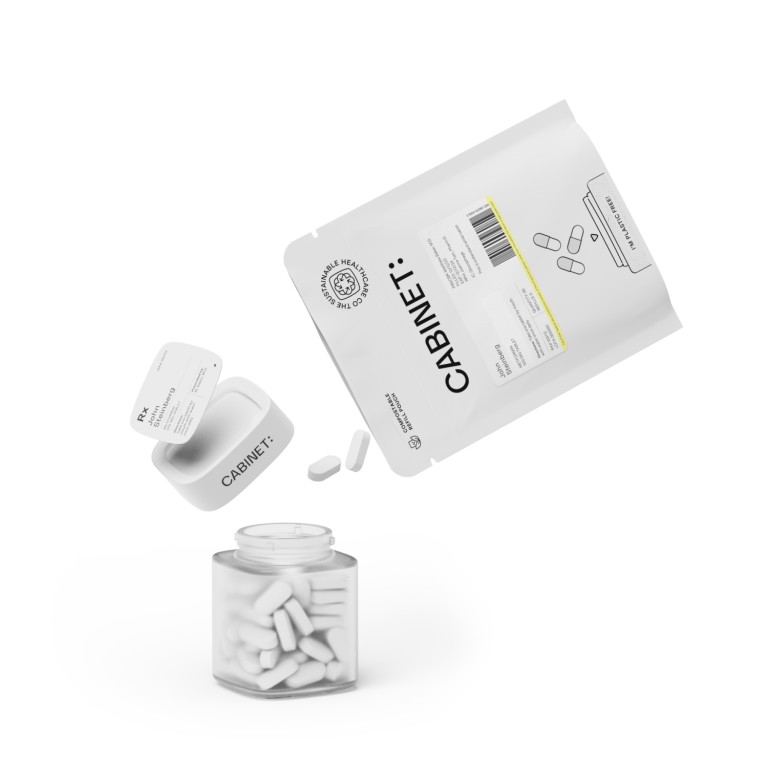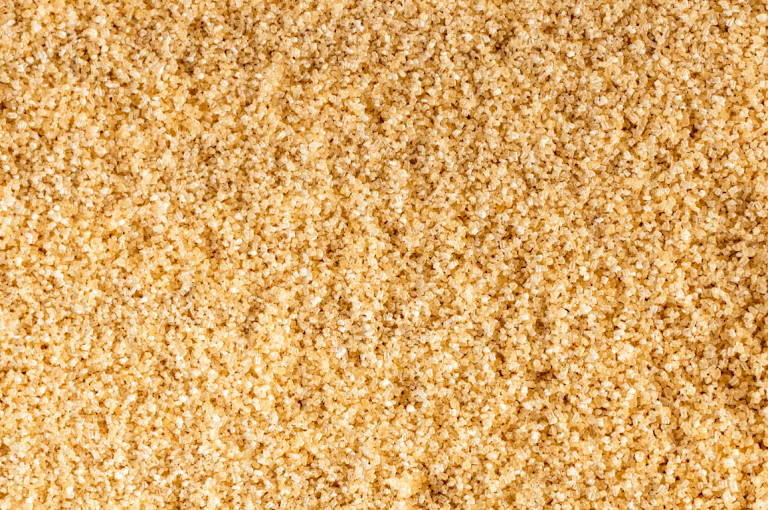Pravastatin is a widely used medication for managing cholesterol levels and reducing the risk of cardiovascular diseases. But how long does it take for Pravastatin to start working? The answer to this question involves understanding the drug, its mechanism, and various factors that influence its effectiveness. In this article, we will delve into the topic and provide you with valuable insights about Pravastatin and its time frame for efficacy.
Understanding Pravastatin
What is Pravastatin?
Pravastatin is a type of medication known as a statin, which belongs to a class of drugs used to lower cholesterol levels in the body. It is particularly effective in reducing low-density lipoprotein (LDL) cholesterol, commonly referred to as "bad" cholesterol. By inhibiting an enzyme involved in cholesterol production, Pravastatin helps to decrease the amount of LDL cholesterol circulating in the bloodstream.
The Role of Pravastatin in Cholesterol Management
In cholesterol management, Pravastatin plays a crucial role. Elevated levels of LDL cholesterol contribute to the formation of plaques in the arteries, leading to atherosclerosis and an increased risk of heart disease. Pravastatin, by lowering LDL cholesterol, helps to prevent the progression of atherosclerosis and reduces the likelihood of cardiovascular events like heart attacks and strokes.
When it comes to cholesterol management, Pravastatin is a widely prescribed medication due to its effectiveness and safety profile. It is commonly used in individuals with high cholesterol levels, especially those who have not achieved their target cholesterol levels through lifestyle modifications alone.
Pravastatin works by inhibiting an enzyme called HMG-CoA reductase, which is responsible for the production of cholesterol in the liver. By blocking this enzyme, Pravastatin reduces the amount of cholesterol synthesized in the body, leading to a decrease in LDL cholesterol levels.
It is important to note that Pravastatin is not a cure for high cholesterol, but rather a tool to help manage it. Along with taking the medication, individuals are advised to follow a healthy lifestyle, including a balanced diet, regular exercise, and avoiding smoking and excessive alcohol consumption.
Pravastatin is generally well-tolerated, with the most common side effects being mild and temporary. These may include muscle pain, digestive issues, and headache. Serious side effects are rare but can include liver problems and muscle damage. It is important to discuss any concerns or potential side effects with a healthcare provider.
It is worth mentioning that Pravastatin is available in different strengths, allowing healthcare providers to tailor the dosage to each individual's needs. Regular monitoring of cholesterol levels is typically recommended to assess the effectiveness of the medication and make any necessary adjustments.
In conclusion, Pravastatin is a valuable medication in the management of high cholesterol levels. By effectively reducing LDL cholesterol, it helps to prevent the progression of atherosclerosis and lowers the risk of cardiovascular events. When used in conjunction with lifestyle modifications, Pravastatin can significantly improve cholesterol levels and overall heart health.
The Mechanism of Pravastatin
How Pravastatin Works in the Body
Understanding the biochemical process of Pravastatin can provide insights into how it works in the body. When you take Pravastatin, it enters your bloodstream and reaches the liver, where it acts as a competitive inhibitor of an enzyme called HMG-CoA reductase. This enzyme is responsible for producing cholesterol in the liver. By inhibiting HMG-CoA reductase, Pravastatin effectively reduces cholesterol production and promotes the clearance of LDL cholesterol from the blood.
The Biochemical Process of Pravastatin
The biochemical process of Pravastatin involves the inhibition of HMG-CoA reductase, which leads to a cascade of events. As the liver senses a reduction in intracellular cholesterol levels, it upregulates the expression of LDL receptors on the cell surface. These receptors enhance the uptake and clearance of LDL cholesterol particles from the blood into the liver cells. Ultimately, this results in a decrease in circulating LDL cholesterol levels.
Let's dive deeper into the mechanism of Pravastatin. Once Pravastatin enters the liver, it competes with HMG-CoA reductase for the active site on the enzyme. This competition prevents HMG-CoA reductase from carrying out its normal function of converting HMG-CoA to mevalonate, a key step in cholesterol synthesis. By blocking this step, Pravastatin effectively reduces the amount of cholesterol produced by the liver.
Furthermore, the inhibition of HMG-CoA reductase triggers a feedback mechanism within the liver cells. As the intracellular cholesterol levels decrease, the liver cells respond by increasing the expression of LDL receptors on their surface. These LDL receptors act as gatekeepers, facilitating the uptake of LDL cholesterol particles from the bloodstream into the liver cells. This process is known as receptor-mediated endocytosis.
Once inside the liver cells, LDL cholesterol undergoes degradation and recycling. The cholesterol molecules are broken down into their constituent parts and either used for cellular processes or excreted from the body. This clearance of LDL cholesterol from the blood helps to reduce the overall cholesterol levels in circulation.
It's important to note that Pravastatin primarily targets LDL cholesterol, also known as "bad" cholesterol, which is a major contributor to the development of atherosclerosis. By reducing LDL cholesterol levels, Pravastatin helps to prevent the accumulation of cholesterol in the arterial walls, reducing the risk of cardiovascular diseases such as heart attacks and strokes.
In addition to its cholesterol-lowering effects, Pravastatin has been found to have other beneficial effects on the cardiovascular system. It has been shown to have anti-inflammatory properties, reducing the levels of inflammatory markers in the blood. Inflammation plays a crucial role in the development and progression of atherosclerosis, so the anti-inflammatory effects of Pravastatin contribute to its overall cardiovascular benefits.
Furthermore, Pravastatin has been shown to improve endothelial function, which refers to the health and function of the cells lining the blood vessels. Endothelial dysfunction is a hallmark of cardiovascular disease and is associated with impaired blood flow and increased risk of clot formation. By improving endothelial function, Pravastatin helps to maintain the integrity and proper functioning of the blood vessels.
In conclusion, Pravastatin exerts its cholesterol-lowering effects by inhibiting HMG-CoA reductase, reducing cholesterol production in the liver, and promoting the clearance of LDL cholesterol from the blood. Additionally, it has anti-inflammatory properties and improves endothelial function, contributing to its overall cardiovascular benefits. Understanding the intricate biochemical process of Pravastatin provides valuable insights into its mechanism of action and its role in the management of hypercholesterolemia and cardiovascular disease.
Time Frame for Pravastatin to Start Working
Initial Response to Pravastatin
When starting Pravastatin, it is essential to understand that its effects may not be immediately noticeable. Unlike some medications that provide rapid relief, Pravastatin requires time to exert its full cholesterol-lowering effects. However, it is important to note that individual responses can vary.
Long-term Effects of Pravastatin
While significant improvements in cholesterol levels may take time, Pravastatin has been shown to have long-term benefits for managing cholesterol and reducing cardiovascular risk. Recent data shows that taking Pravastatin consistently over several months can lead to notable reductions in LDL cholesterol levels. Additionally, long-term use of Pravastatin has been associated with a lower risk of cardiovascular events, such as heart attacks and strokes.
Factors Influencing the Effectiveness of Pravastatin
Dosage and Frequency
The effectiveness of Pravastatin can be influenced by the dosage and frequency at which it is taken. Your healthcare provider will determine the appropriate dosage based on your specific cholesterol levels and individual circumstances. It is essential to follow your prescribed dosage and frequency to ensure optimal effectiveness.
Lifestyle and Dietary Considerations
While Pravastatin can be highly effective, it is important to remember that it is not a standalone solution for managing cholesterol. Lifestyle and dietary factors also play a significant role in cholesterol management. Incorporating a heart-healthy diet, engaging in regular physical activity, and avoiding tobacco smoking can enhance the effectiveness of Pravastatin in lowering cholesterol and reducing cardiovascular risk.
Potential Side Effects of Pravastatin
Common Side Effects
Pravastatin is generally well-tolerated, but like any medication, it may cause side effects in some individuals. Common side effects can include muscle pain, digestive issues, headache, and rash. If you experience any persistent or severe side effects, it is important to consult your healthcare provider.
Serious Side Effects and Warnings
While rare, Pravastatin can also have serious side effects that require immediate medical attention. These can include severe muscle pain, weakness, dark-colored urine, and yellowing of the skin or eyes. Additionally, Pravastatin may interact with certain medications, so it is crucial to inform your healthcare provider about all the medications you are taking.
In conclusion, Pravastatin is an effective medication for managing cholesterol levels and reducing the risk of cardiovascular diseases. While it may not provide immediate relief, consistent use of Pravastatin over time can lead to significant improvements in cholesterol levels and long-term cardiovascular benefits. It is important to follow your prescribed dosage, make lifestyle modifications, and be aware of potential side effects. By working closely with your healthcare provider, you can optimize the effectiveness of Pravastatin and promote your overall heart health.








